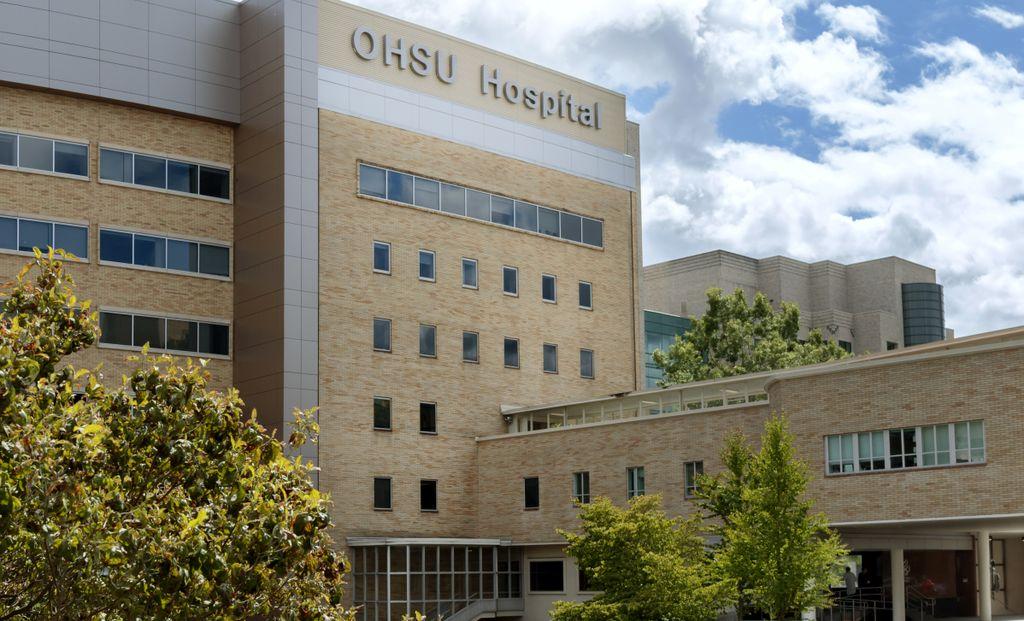
Oregon Health & Science University will cut the salaries of its non-union employees -- as much as 40% for the top-paid executives -- to cope with what President Danny Jacobs calls a “financial challenge of historic proportions.”
OHSU officials predict that revenue over the next 28 months will fall as much as $1.4 billion short of expectations due to COVID-19, the killer virus sweeping the globe. Overall, the compensation reductions should average about 10%
The worst public health emergency in 100 years has crushed Oregon’s health care sector. While Oregon hospitals seek a $200 million bailout from the state, some of the largest physician clinics in the state have laid off 80% to 90% of their employees after suffering income declines of up to 90%.
Now, they must deal with a customer base wracked by huge unemployment, the loss of health insurance, and a fear of entering a hospital due the highly contagious virus.
Hospitals got some good news Thursday morning when Gov. Kate Brown said she would rescind the ban on elective surgeries on May 1. Her March order wiped out much of the revenue for rural hospitals. That order was intended to allow hospitals to concentrate on an expected crush of COVID-19 patients.
That surge never materialized in the high volumes originally projected.
Still, with the economy now in deep recession due to COVID-19 stay-home orders, there’s no telling when operations can return to normal.
The sprawling OHSU campus of hospitals, clinics, professional schools and laboratories is one of the economic drivers of the Portland area. It employs 18,000 and has generated more than $3 billion a year in revenue.
After years of strong performance, the organization started bleeding red ink this spring. OHSU enjoyed monthly operating income of about $11.5 million through the first eight months of the year.
But then in March, as COVID-19 set in, OSHU lost $24 million. In April, the first full month of COVID-19 operations, losses are expected to approach $70 million, said Lawrence Furnstahl, OHSU’s chief financial officer.
Other Oregon hospitals are also suffering, particularly those in rural parts of the state. In a recent presentation to legislators, the hospitals estimated they suffered collective operating losses of $200 million in March alone. They figure their revenue is down $13 million per day from pre-COVID-19 days.
Some smaller hospitals, which entered the COVID-19 disaster with minimal financial reserves, are already facing cash crunches. Four Oregon hospitals will have less than 30 days of cash on hand by the end of April, the hospitals told lawmakers.
The hospitals are seeking $200 million in financial assistance from the state.
OHSU pledged to its employees in March that it would not lay off any employees through June “regardless of any modifications in operations resulting from the pandemic.” Beyond June, absent a major change in the financial outlook, Jacobs wouldn’t rule out job cuts.
For now, the institution is attempting to cut expenses, like capital spending, certain services and salaries. Anyone not represented by a union who makes more than $50,000 a year will get a pay cut.
Under the formula adopted by OHSU, the more employees earn, the bigger their cut. Executives will get the biggest decreases, with all bonuses, merit increases, and other add-ons being eliminated.
“We wanted to spread the financial impact in an equitable way,” Jacobs said.
Jacobs’ compensation will be cut by 40%. With a total 2021 pay package expected to have been more than $1.5 million, his compensation could be reduced by $619,744.
How deep the financial wounds will be at OHSU depends on how long it takes to resume normal operations. That, of course, depends on the ongoing impact of COVID-19. If the cases keep coming, hospitals will likely have no choice but remain in their current emergency footing.
But that doesn’t seem to be happening. The surge of cases never came close to early predictions and now seems to be trending downward.
There are other wild cards as well, Furnstahl said. A chronic shortage of personal protective equipment worn by healthcare workers to shield them from infectious diseases remains a problem. The shortage of COVID-19 testing could also limit the resumption of normal operations.
And then there’s people’s fear of COVID-19. Hospitals across the country have experienced big declines in emergency room use, which they attribute to concern about the virus.
“The question is, how many potential patients would delay going back to the hospital even after they’re allowed to,” Jacobs said.
This story, which was first published by The Oregonian/OregonLive, was shared through an agreement among more than a dozen news organizations to better inform the public about the coronavirus pandemic and its impact.